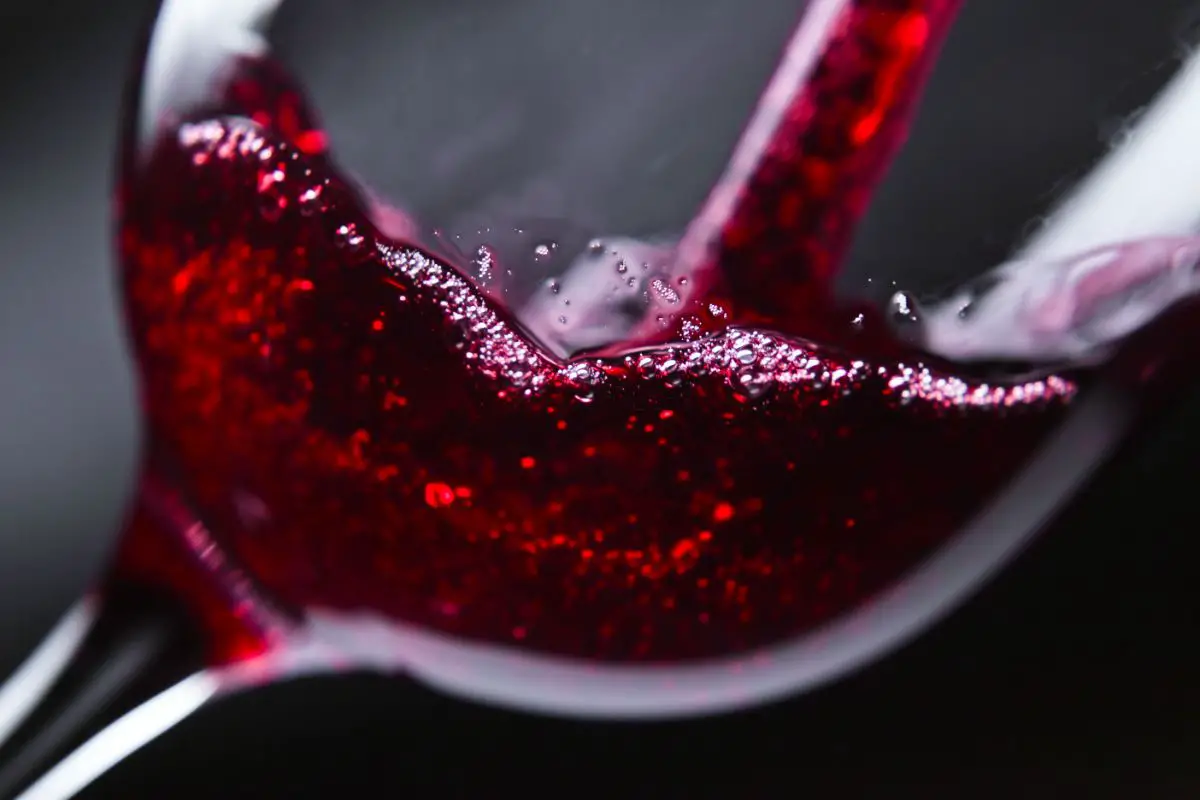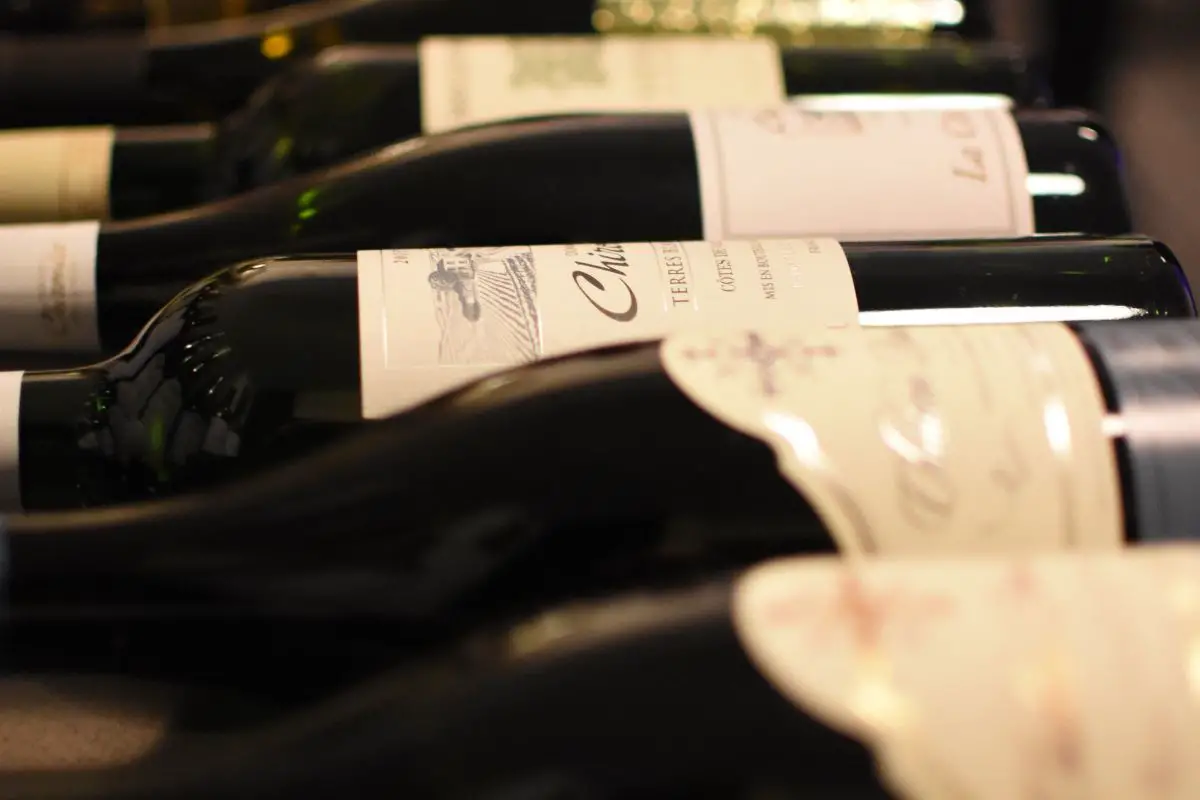When you look at a wine bottle, you will see an ABV which means alcohol by volume. This tells you how strong the wine is. It can be as low as 5% or as high as 20% in fortified wine. It is a good idea to check the ABV before you start drinking so that you can determine how much you can drink safely and wisely. In addition, knowing the ABV helps you to understand the effect of alcohol on your body. In this article, we will be taking a look at how much alcohol there is in a variety of wines and why they vary.
Understanding the Alcohol Content in Wine
There are four variations that wine has, and these are appearance, taste, strength, and age. Alcohol by volume, or ABV, determines the strength of the wine. It indicates the percentage of pure alcohol in the beverage, be it wine, beer, or a spirit. It is important to know this, especially if you are watching the amount you drink. It is also important to understand that even a slight difference in ABV can affect the flavor and aroma of the wine.
The Average Alcohol Content in Wine
As we have said, the ABV of wine varies from varietal to varietal. However, on average, wine has 12% ABV.
Wines made from the same grape can vary in ABV according to where they are produced and how they are made. For example, one vineyard may ferment its wine in oak barrels while another will use steel barrels. One version of the wine could be produced in a cold climate and another in a warm climate. All these aspects can affect the ABV of the wine.
If your wine has bottle shock, it may seem that the wine is more potent but it is more likely that the flavors have become muted. Bottle shock can occur right after bottling or if the wine is shaken. It usually rights itself after a few days.
Don’t think that the ABV of wine lessens with age. Perhaps the flavor may dilute slightly but the ABV doesn’t.
Let’s now take a look at red and white wine separately. You will find that red wine is denser, so it usually has a higher ABV.
Red Wine
The average ABV of red wine is 13.5% but it can range between 12% and 15%.
The reason why red wines are generally higher in ABV is that the grapes are picked later in the season. This also gives them a deeper color and a compact sweetness. In addition, red wines are made with grapes that still have their skins on while white wines aren’t. This enhances flavor and tannin extraction. Tannins, which give the wine a bitter flavor, increase the ABV.
White Wine
When it comes to white wines, the average ABV is 10% but it is more varied than red wine. It ranges from as little as 5% to a height of 20%.
The ABV of white wine is generally lower than red wine because the grapes are picked earlier in the season and they have a lower sugar content than darker grapes. They are also fermented without their skins which lowers the alcohol content. They generally have a pleasant sweetness but are still crisp and fresh. You can have sweeter white wines and these are generally produced by stopping the fermentation midway. Yeast turns sugar into alcohol so by stopping the process, the wine will be sweeter.
Wines From The Lightest To The Strongest
When deciding which wine to drink it is useful to know what the ABV is so that you can choose according to the event. If you prefer one which has a higher ABV, you might want to pace yourself so that you don’t get drunk.
Low Alcohol Wines
A low-alcohol wine is one that is 10% ABV or lower. It is generally low in body and is sweet. This is because the fermentation process is stopped early, or extra sugar is added at the end of the process.
Examples of low-alcohol wines include the following.
- Wine Coolers
- Muscadet
- Alsace Blanc
- Spatlese Riesling
- Kabinett Riesling
- Brachetto d’Acqui
- Moscato d’Asti
- Vinho Verde
- Prosecco
In case you don’t know what a wine cooler is, it is a beverage made from wine and fruit juice, sometimes in combination with a carbonated drink and sugar.
Medium Low Alcohol
To make wines with medium-low alcohol, less sweet grapes are used than those used to make low-alcohol wines. These wines range in ABV from 10% – 11.5%. These are some examples.
- Muscadet
- Lambrusco
- Touraine and Cheverny
- Soave
- Gavi
- Gruner Veltliner
- Many rose wines
- Many Californian sparkling wines
Medium Alcohol
Medium-alcohol wines have an ABV of between 12.5% and 13%. They include full-bodied white wines and light-bodied red wines. Most European wines fall within this range although wines produced in the Mediterranean countries which have warmer climates, tend to have a higher ABV. These are some examples of wines with a medium ABV.
- Beaujolais
- Burgundy
- Champagne
- Côte du Rhônes
- Chianti
- Dolcetto
- Barbera
- Pinot Gris and Pinot Grigio
- Sauvignon Blanc
- Chilean Red Wines
Medium – High Alcohol
Medium to high-alcohol wines have an ABV between 13.5% and 14.5%. They are the average range of dry American wines and other wines produced in warmer climates such as Argentina, Australia, and Spain. Regions with warmer climates produce sweeter wines and this, in turn, gives the wine a higher ABV. Here are some examples.
- Chardonnay
- Bordeaux
- Pinotage
- Champagne
- Zinfandel
- Grenache
- Petite Syrah
- Malbec
- Cabernet Sauvignon
- Pinot Noir
- PInotage
- Nero d’Avola
- Chateuneuf-Du-Pape
- Brunello di Montalcino
High Alcohol
There are two ways in which high-alcohol wines are produced. One is naturally, which is rare, and the other is with fortification. The wine is fortified with a neutral spirit such as grape brandy which increases its ABV. This is the way Port, Sherry, and Marsala are produced. They can have an ABV of around 20%. Aromatized wines are also fortified, such as Vermouth. The original idea of fortifying wine goes back to the days when the New World was being explored. The sailors needed to preserve wine for the journey so they added a spirit. Now, however, these wines have become popular. There are a couple of ordinary wines that have a high alcohol content as well. Here are some examples of high-alcohol wines.
- Shiraz
- Red Zinfandel
- Sherry
- Madeira
- Port
- Marsala
- Vin Santo
It is interesting to note that ordinary wines (not fortified) have become more alcoholic over the years. This is because, even in the 1950s, the yeast wouldn’t survive in alcohol much higher than 13.5% ABV. Now, however, resilient yeasts have been produced and they can survive up to 16.5% ABV. Another reason is to do with climate change. Because it is getting warmer, the grapes are riper and sweeter so producing wine with a higher ABV.

ABV and the Flavors in Wine
The ABV of wine affects its flavor in three different ways.
Harmony
The flavor profile of wine is created by the interaction between alcohol, sugar, acid, and tannins. For the flavor to be balanced, all these factors should have the same intensity. A red wine with a high level of tannins, for example, should have a high alcohol content while a white wine with low tannins should have a low alcohol content. This ensures that none of the components dominates any of the others.
Body
Wine can be light, medium, or full-bodied. The body is affected by the alcohol content because of the difference in viscosity between alcohol and water. Wines with a low ABV will be light-bodied, while wines with a high ABV will be full-bodied.
Perceived Taste
People can taste wine completely differently and this can affect their tolerance of wine. Some people can drink wine with a high ABV with little effect while others can drink a low-ABV wine and get drunk quickly.
Frequently Asked Questions
Hopefully, you now know all there is to know about ABV in wine but in case you are still curious, we have answered a few questions here.
Does white or red wine have a stronger ABV?
In general, red wines have a higher ABV than white wines. This is because the grapes are picked later making them full-bodied and with higher tannins.
How does fermentation affect ABV?
The amount of alcohol in wine is determined by the fermentation process. Fermentation starts when the yeast begins to consume the natural sugars in the grape juice. While this is happening, alcohol is produced. The more sugar that is consumed, the more alcohol is produced and therefore the ABV will be higher. Sometimes, the fermentation process is stopped before all the yeast is consumed and so a sweeter wine is produced.
How is ABV measured?
A hydrometer is needed to measure the ABV. You need to take two readings, one before fermentation and one after. A hydrometer is a small, weighted tube with a numerical scale. You submerge it in the liquid and the tube will sink by an amount that depends on how dense your liquid is. Before fermentation, the liquid is denser than the alcohol and the hydrometer floats more. After fermentation, the sugars have been converted to alcohol so the hydrometer sinks. By subtracting the first reading from the second and doing a simple calculation, you will find out how much alcohol is in the wine.
An alternative to the hydrometer is the refractometer. It measures the concentration of sugar in the wort. To do the calculation, there has to be a reading before and after the fermentation.
Summary
Hopefully, this article has helped you to understand more about how much alcohol there is in wine. Of course, there isn’t an exact answer to the question. It all depends on the wine you purchase. It hinges on the fermentation process, the type of grapes used, whether they are made with or without their skins, and the amount of sugar in the wine. This article has given you an idea of what ABVs different wines have which should help you to choose the wine you want and to drink responsibly.


